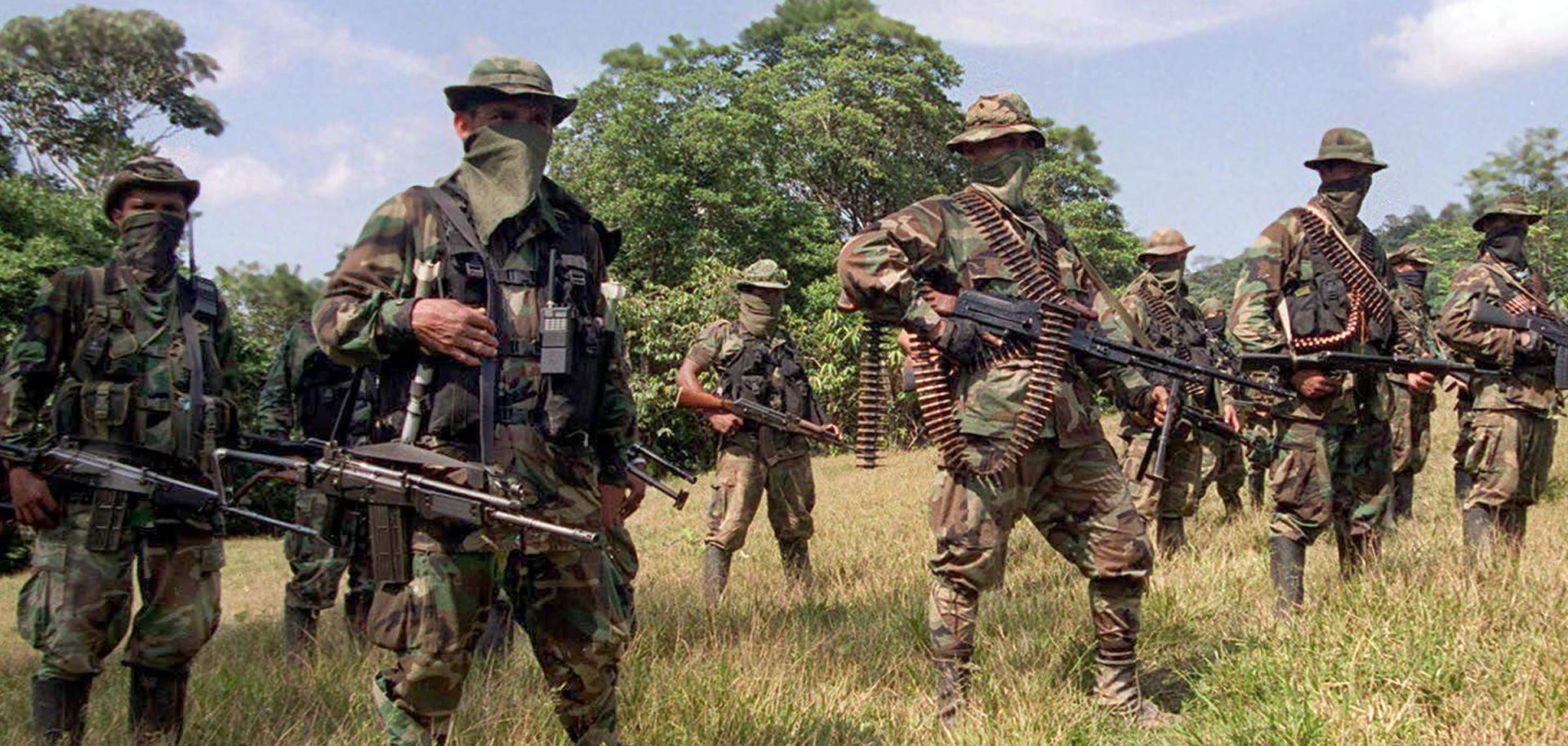Colombia is no stranger to violence: It was the site of a bloody independence battle in the 19th century. And between 1899 and 1902, conservative and liberal forces waged a bloody 1,000-day war across the country, which was later rekindled by the death of liberal politician Jorge Eliecer Gaitan in 1948. In 1958 -- once the conflict between liberals and conservatives was settled -- unappeased liberals united to eventually create the Revolutionary Armed Forces of Colombia (FARC) and other left-leaning guerrilla groups, such as the National Liberation Army (ELN), the Popular Liberation Army (EPL) and M-19. The rise of these leftist groups crystallized the conflict between right and left in Colombia in a way that endures to this day.
In response to the guerrilla violence and to state neglect, in the 1970s rural communities in Antioquia department decided to take up arms in defense. In 1997, the groups were formalized into...


